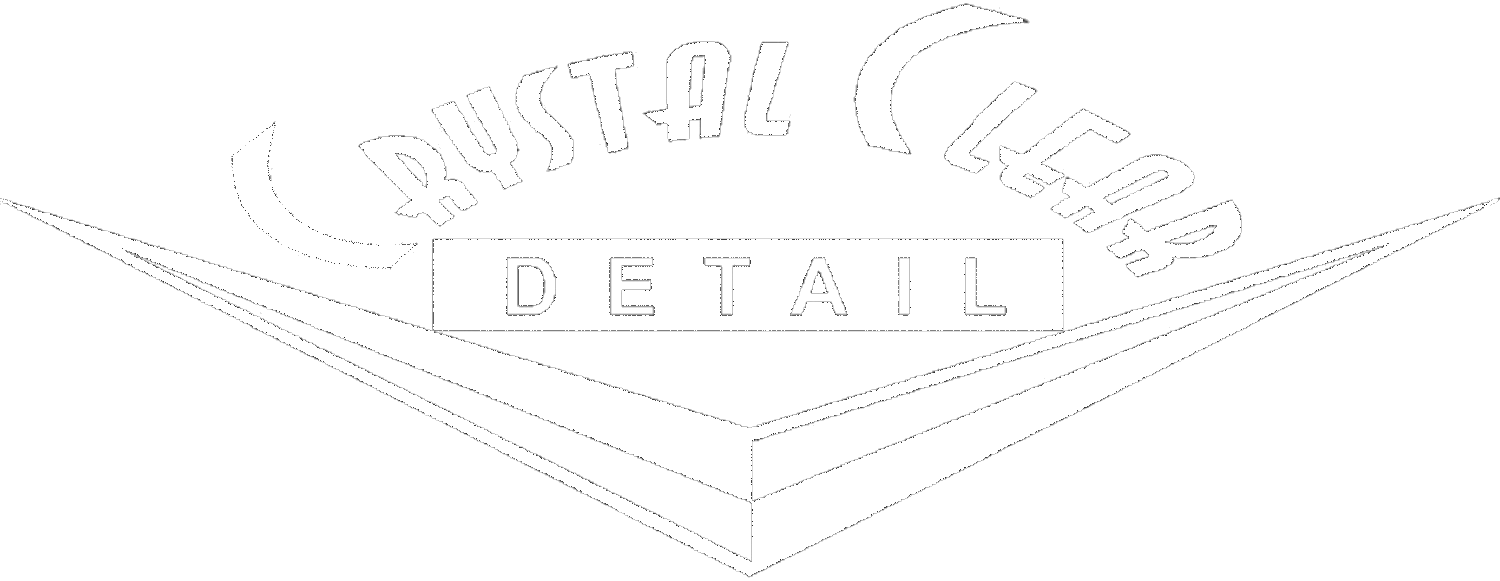 Keeping your car clean and well maintained can boost its trade in value. When you’re ready to trade your car in, a dealership will look at the condition of your vehicle before making an offer on it. The first thing they’ll want to see is a clean vehicle that has been cared for. So, make sure you wash your vehicle thoroughly and get it detailed if necessary.
Keeping your car clean and well maintained can boost its trade in value. When you’re ready to trade your car in, a dealership will look at the condition of your vehicle before making an offer on it. The first thing they’ll want to see is a clean vehicle that has been cared for. So, make sure you wash your vehicle thoroughly and get it detailed if necessary.
Keep It Clean
If you want to get the best value for your car when trading it in or selling it, keeping it clean is a must. Dealers are unlikely to offer you a high trade-in or resale value for your car, so a dirty vehicle can have an adverse impact on your resale value. Having a clean car is also essential for safety reasons. Dirty windows and mirrors can reduce your visibility and increase the chances of an accident occurring. A clean car is also more fuel efficient as dirt can reduce your drag coefficient, which means that it requires less fuel to move. A dirty vehicle is also a big source of germs and bacteria that can cause sickness, respiratory problems, and gastrointestinal issues. This can be especially harmful if you drive a dirty vehicle for long periods of time.
Check The Tires
Tires are a vital part of your car’s safety and performance. They provide maximum traction for braking, acceleration, and keeping you on the road, even when it’s wet or snowy. They also boost fuel economy by minimizing air drag, which prevents fuel from burning through the tires’ treads. But they do wear out, so it’s important to replace them before they become a safety hazard. A well-maintained set of tires can last tens of thousands of miles before they need to be replaced. However, there are telltale signs that indicate the end of their useful life is nearing. The best way to tell if your tires need to be replaced is by checking their tread depth. You can do this easily with the penny test.
Check The Engine Oil Level
Your car’s engine oil serves a vital role in maintaining the health of your vehicle. It lubricates the moving parts of your engine and minimizes friction and wear and tear, thereby boosting its life span. Maintaining the right oil level in your car can improve your vehicle’s performance and boost its
trade in value. It’s simple to do yourself and can help to prevent costly repairs down the line. The first step is to locate your dipstick, which usually looks like a yellow ring. Pull it out and wipe it clean with a lint-free rag. Once you’ve cleaned the dipstick, you can look for two marks near the bottom of the stick, a pair of lines or a cross-hatched area. These markings should indicate if the oil level is at or near a minimum or maximum. If it’s a little low, you can add more oil a few drops at a time until it reaches the level marked on the dipstick. However, overfilling can cause aeration and damage your engine, so it’s best to only add as much as your vehicle needs at any one time.
Inspect The Body
When you trade in your car for a new one, you want to make sure that you get as much value for it as possible. There are several ways to boost this value, and one of them is by inspecting the body of your vehicle. The paint on a car’s exterior may look great, but it can hide any signs of pas t damage or crash damage that the car has suffered. Checking for dents and scratches is a good way to ensure that the car you’re buying is in good condition. Inspecting the body can also tell you if the car has had any body repairs in the past. This can help you negotiate a lower price or tell you if the seller is trying to mislead you. If you suspect that the body of a vehicle has been damaged, you can use a magnet to see whether it’s still metal or if it has been repaired with fiberglass or other materials. It’s also a good idea to look for rust spots, as this can be a sign that the body has been exposed to water over time.
t damage or crash damage that the car has suffered. Checking for dents and scratches is a good way to ensure that the car you’re buying is in good condition. Inspecting the body can also tell you if the car has had any body repairs in the past. This can help you negotiate a lower price or tell you if the seller is trying to mislead you. If you suspect that the body of a vehicle has been damaged, you can use a magnet to see whether it’s still metal or if it has been repaired with fiberglass or other materials. It’s also a good idea to look for rust spots, as this can be a sign that the body has been exposed to water over time.
